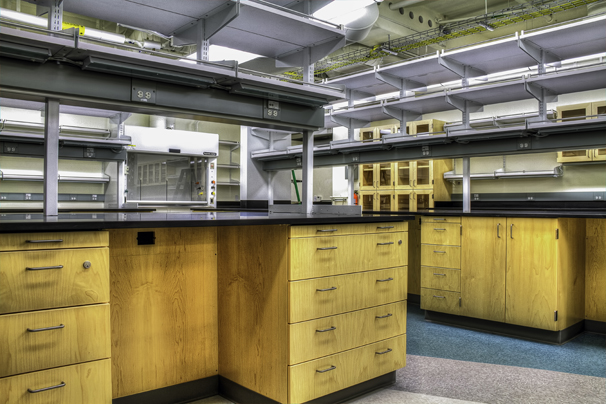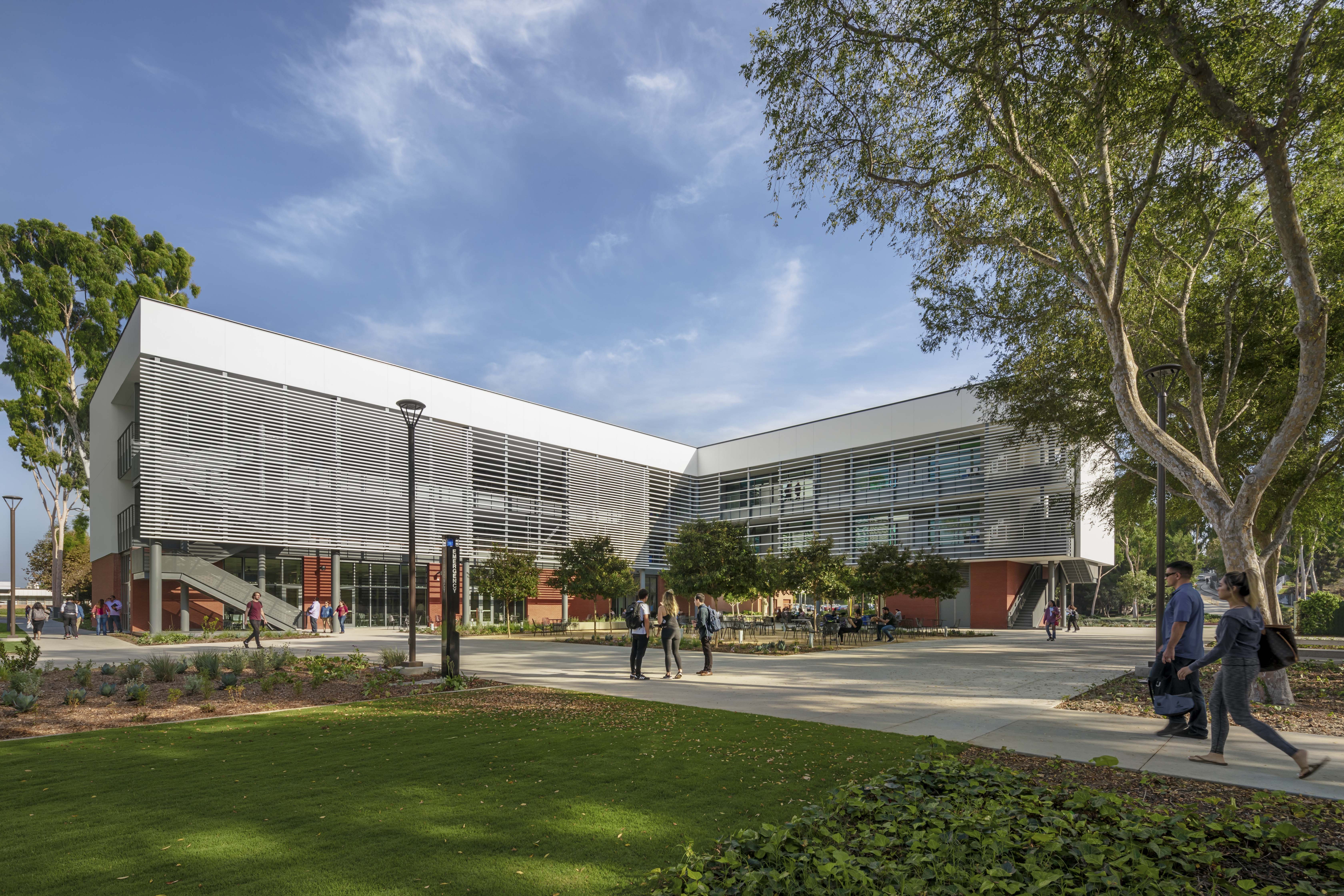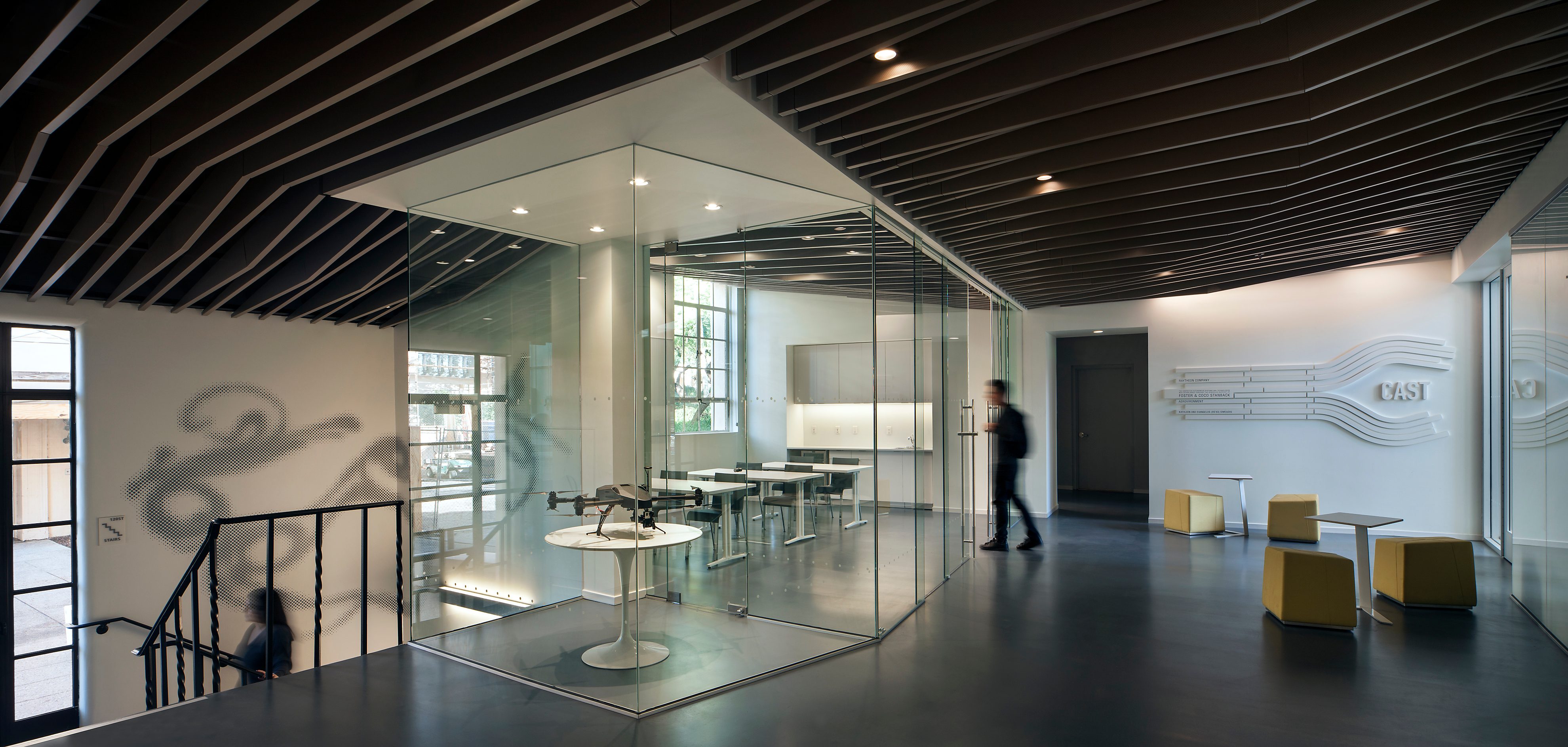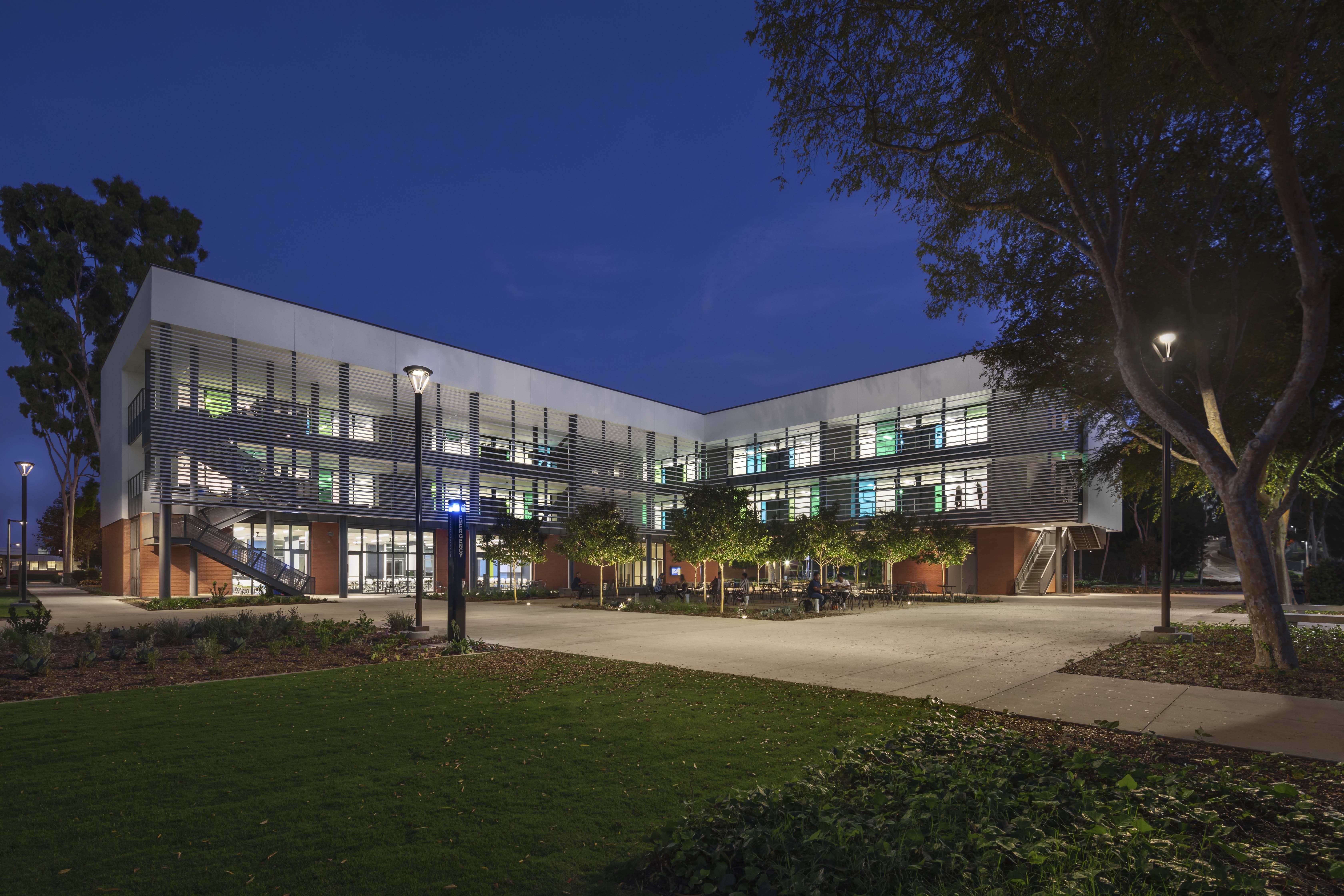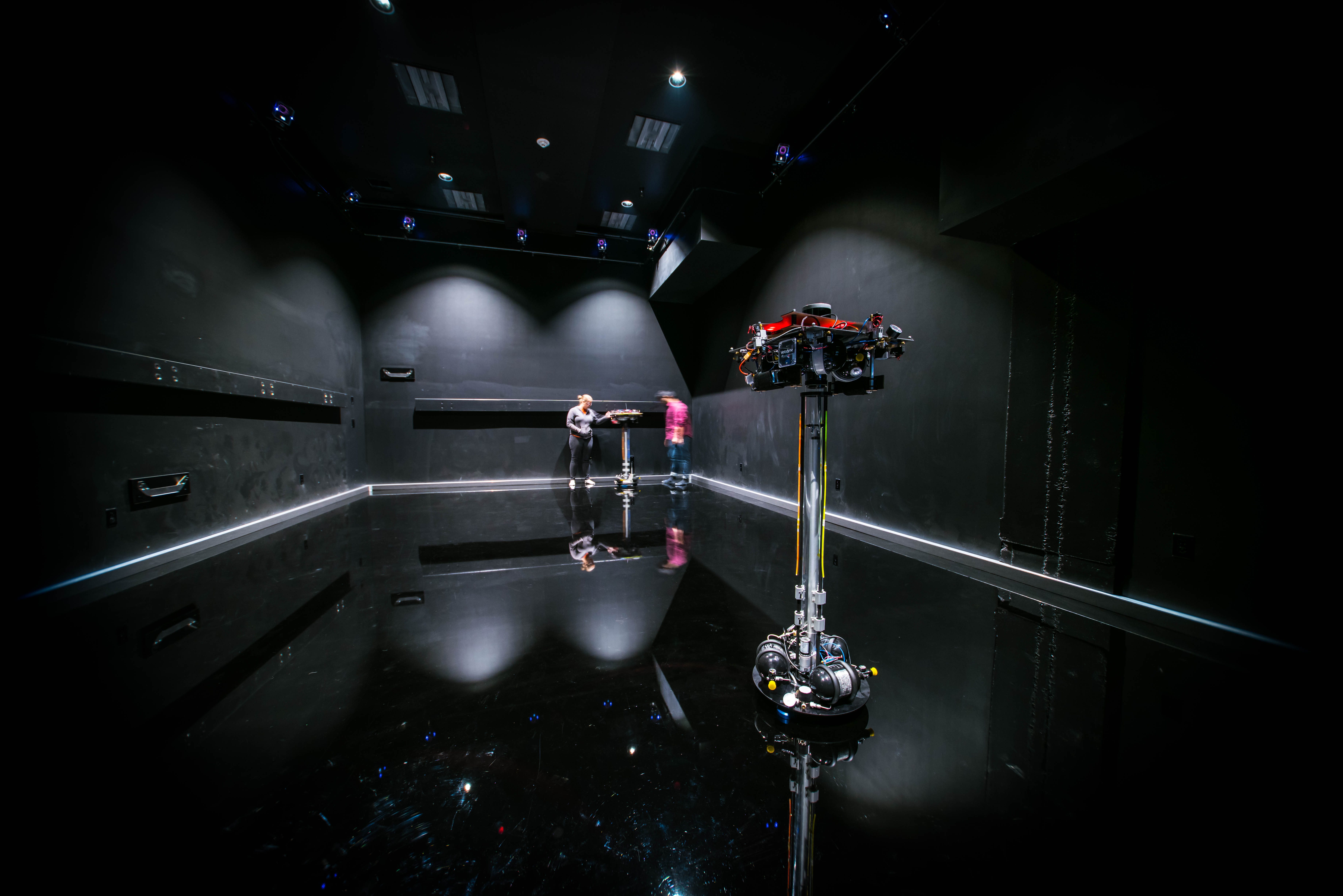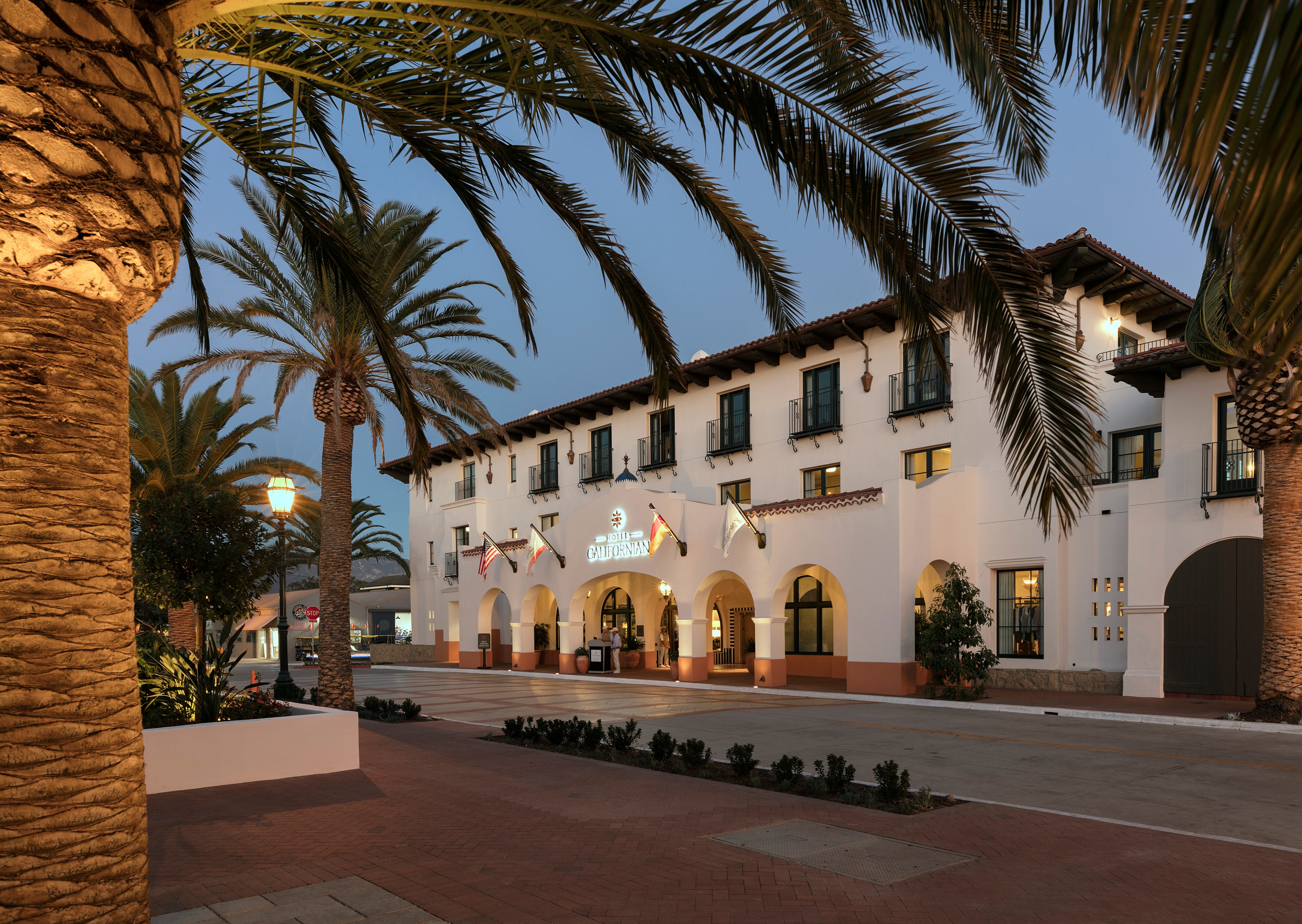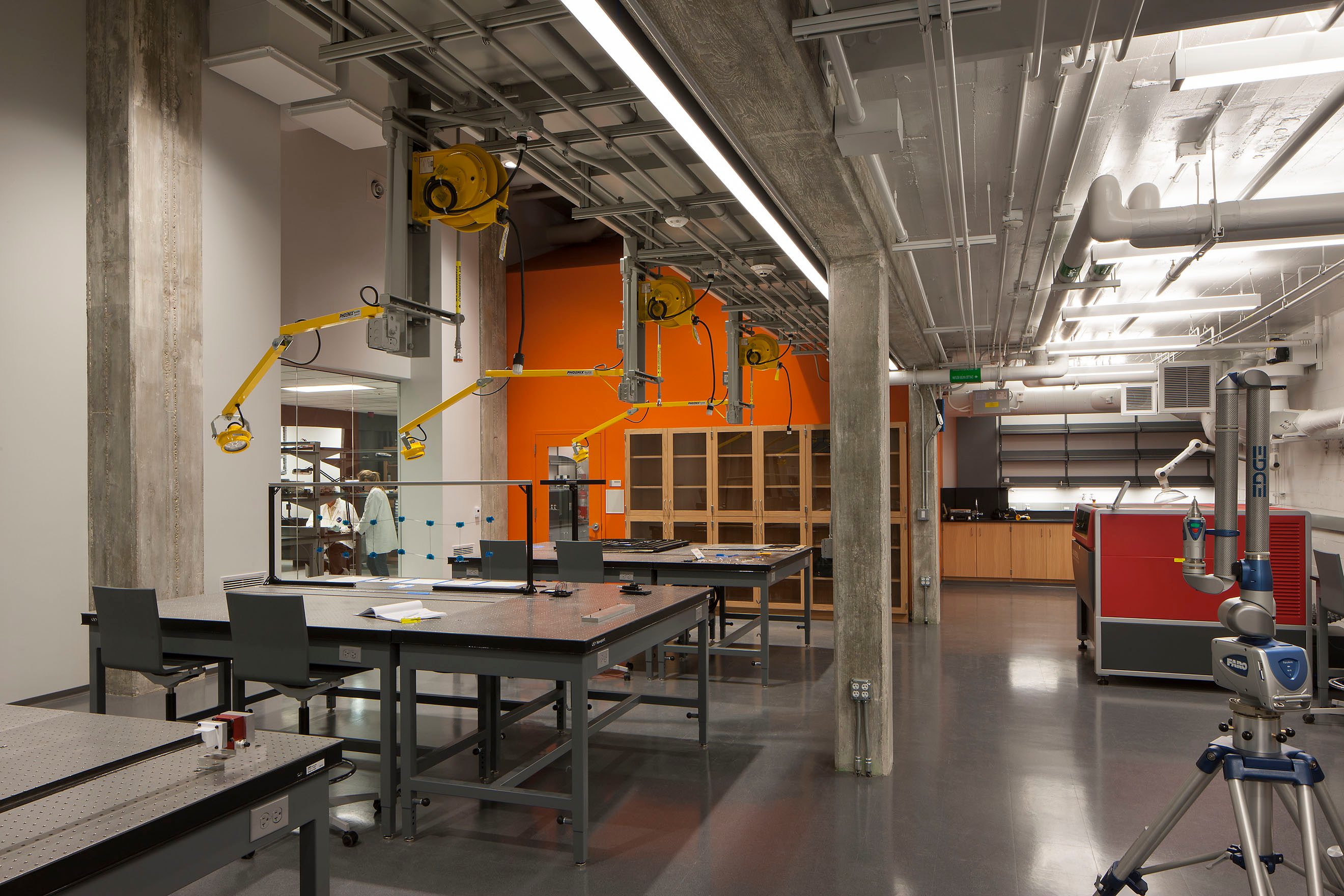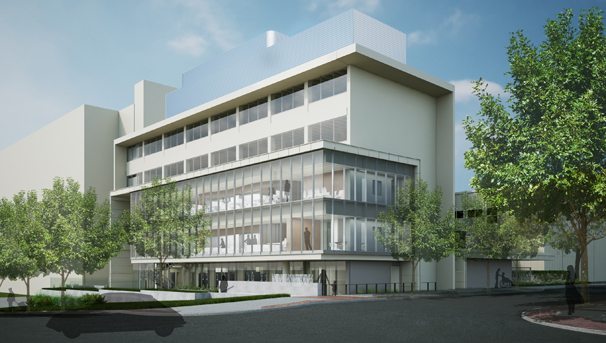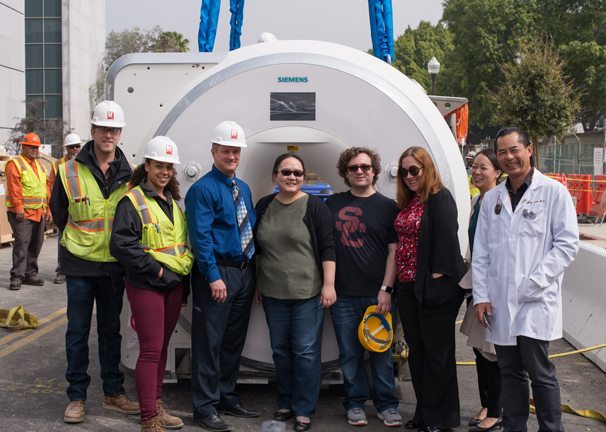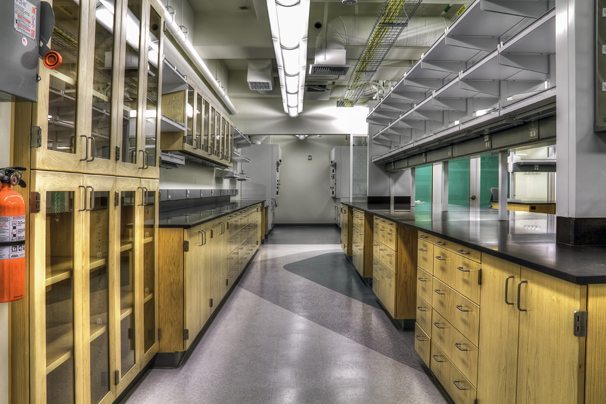
Location
Pasadena
Owner
California Institute of Technology
Architect
CO Architects
Project Size
2,400 SF
ViewDesign-Build Faber Laboratory at Caltech
Following their successful design-build partnership that created “Shapirolab,” MATT Construction and CO Architects have completed another design-build project for Caltech, this time customizing lab and office space for Professor Katherine Faber, incoming Simon Ramo Professor of Materials Science. [The “R” in TRW, Simon Ramo completed 2 doctoral degrees at Caltech by age 23.]
For the new “Faber Research Group,” CO and MATT renovated and customized space on the third floor of Caltech’s Keck Laboratories Building, including 3 offices for faculty and students, ADA-compliant restrooms, and a 1480sf wet lab where the group will create and test materials at temperatures ranging from -50°C to 1700°C; and probe their structural and mechanical properties at micrometer and nanometer scales using 2D and 3D visualization techniques, including synchrotron-based characterization methods, specifically X-ray computed tomography, coupled with small-angle X-ray scattering and various microscopies.
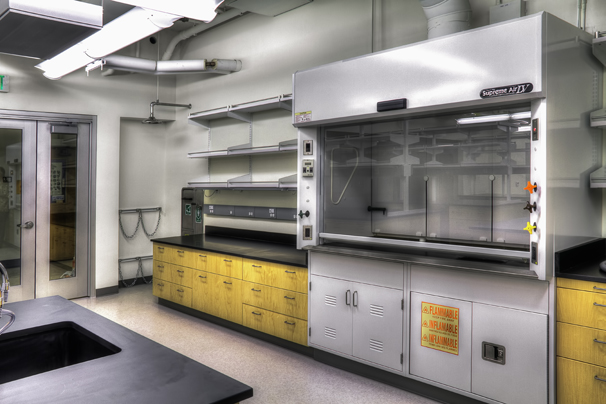
The Faber Research Group seeks to understand how and why materials, particularly ceramics, fail; how to toughen and strengthen brittle materials through composite strategies, casting methods, and residual stresses; and how to achieve precision fabrication of complex porous solids tailored to a wide range of applications. Professor Faber is particularly interested in ceramics for energy-related applications. While this might seem strange, given their brittle fragility, ceramics are in fact widely used as an industrial material, valued for their ability to be molded into a wide variety of shapes, imperviousness to corrosive agents, and heat insulating properties effective to temperatures in excess of 1500°C. For engines, turbines and other high-temperature power-generation applications, ceramics can be used as environmental barrier coatings to protect underlying metal surfaces from corrosion; and as thermal barrier coatings to reduce engine cooling requirements or allow higher temperature operation, permitting engines to run hotter and hence more efficiently.
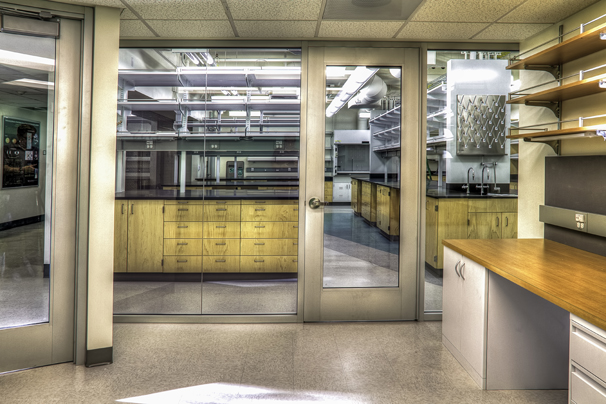
Porous ceramic materials offer many additional uses such as filters to capture particulates from diesel engine exhausts; channels for gaseous transport in fuel cells; insulators protecting sensitive components from temperature extremes; even biological scaffolds into which cells can grow. Professor Faber and her team seek to determine how pores are formed, stabilized or eliminated during processing and in use; and to identify, characterize and cast ceramic material manifesting the optimal combination, unique to each application, of pore size, shape, interior roughness, directional orientation and degree of convolution; and their distribution and inter-connectivity within the porous network.
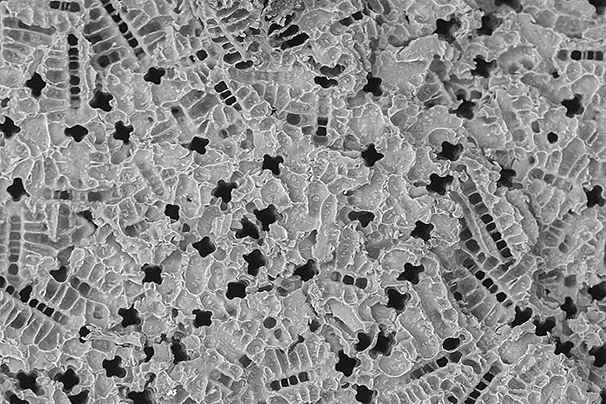
Alongside these brand-new materials, we should not be surprised to find members of The Faber Group analyzing fossils, art works, archaeological relics, or archival materials: as co-founder and continuing co-director of The Northwestern University/Art Institute of Chicago Center for Scientific Studies in the Arts (NU-ACCESS), Professor Faber has been a leader in mobilizing scientists to apply their expertise and methods to analytical and conservation challenges in archaeology, paleontology and art history. As Professor Faber observes, “It’s still materials science and engineering, it’s just that the ‘materials’ in the museum projects happen to be valuable works of art.”
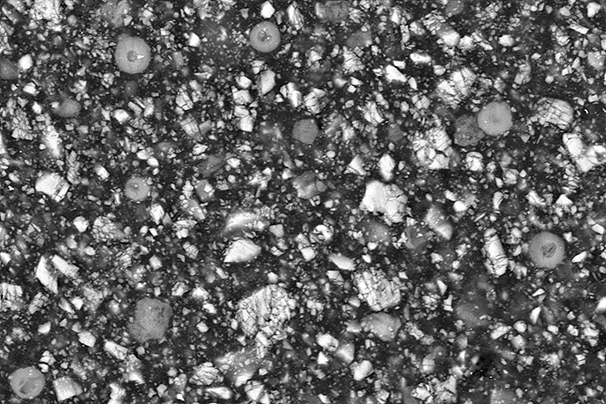
In reviewing the creation of the space where all this research and testing will take place, Professor Faber praised the CO/MATT team for its attention to detail, quality work, and efficient yet courteous execution, noting that despite the rapid pace and her absence during the initial weeks of planning (when she was still at Northwestern), the team took pains to ensure that she was pleased at every step. She especially appreciated the team’s thoughtful insights into how the space could be made even better for her purposes through low-cost but highly valued enhancements, such as incorporating a designated, specially equipped area for working with mercury; and seizing the opportunity, when roof replacement was imminent, to convert a hole in the ceiling, left by removal of ductwork, into a skylight to bring natural light into the otherwise windowless laboratory. Noting her delight, Professor Faber concluded, “My students and postdoctoral fellows now have the luxury of working in high quality, optimized, and beautiful space.”
